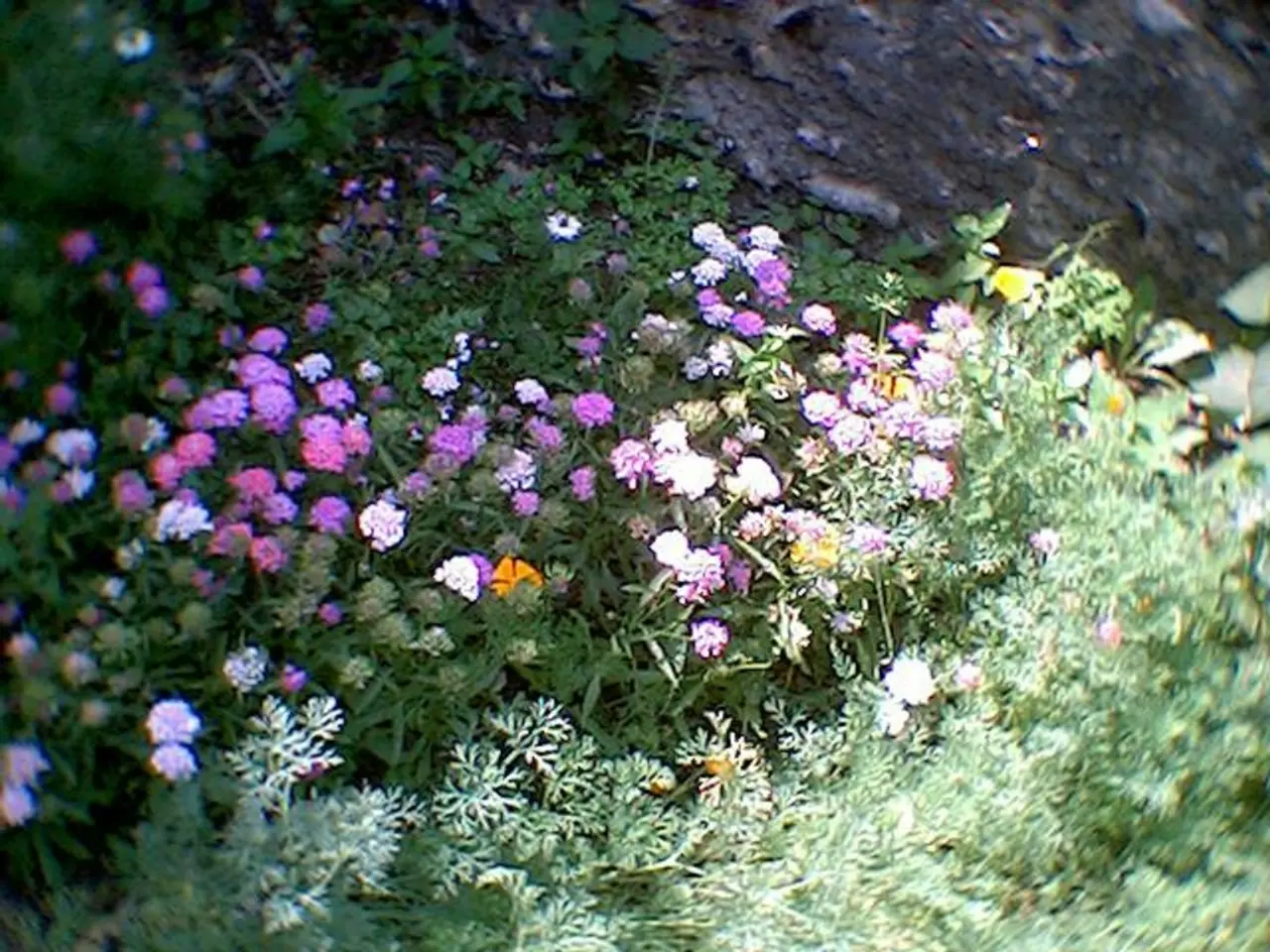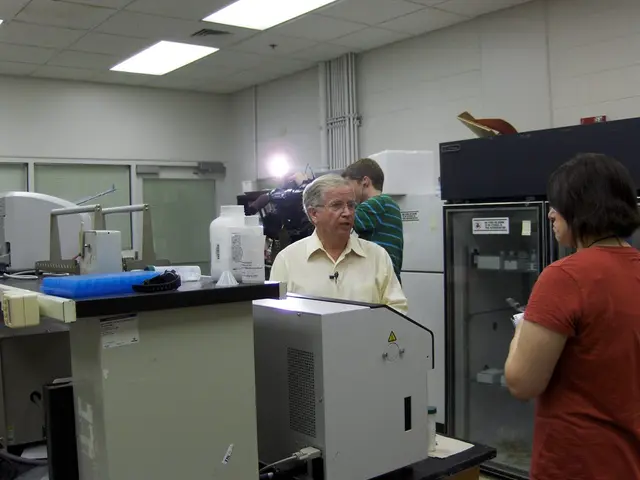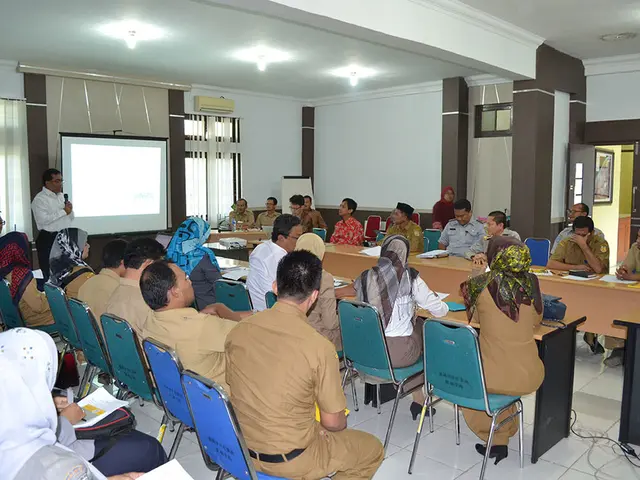Revitalizing Orchids Properly for Vibrant Blossoms and Content Growth: Master the Art of Pruning for Essential Orchid Varieties
Orchids, with their striking beauty, are a popular choice for indoor plants. Pruning is an essential part of maintaining these delicate blooms and promoting new growth. Here's a guide to pruning common orchid types:
Dendrobium
After the flowers have faded, cut the flower spike back to its base if it turns brown and dies. If the spike remains green, you may cut it just above a node to encourage a secondary bloom.
Phalaenopsis (Moth Orchid)
Once flowers fade, you can cut the flower spike either all the way to the base if it is brown and dying, or just above the second or third node from the base if the spike is still green, which may encourage a new flower spike to emerge.
Vanda
Remove old flower spikes by cutting at the base near the crown of the plant. Additionally, remove any dead or dying leaves as they occur to maintain plant health.
Oncidium
In general, pruning is minimal; remove only dead or damaged leaves and spent flower spikes at their base. The plant often blooms on new growths.
Cattleya
After blooming, cut the spent flower spike back to its base if it is dried. Remove any dead or yellow leaves. You can also trim back old pseudobulbs once they become dried and no longer produce growth.
Cymbidium
Cut back old flower spikes to the base once they have finished blooming and died. Remove any dead or yellow leaves. Trim pseudobulbs only if they are shriveled and no longer viable.
General Pruning Tips
- Prune only after flowers have fully faded and dropped.
- Use sterilized, sharp pruning shears (clean blades with rubbing alcohol or flame) to avoid spreading diseases.
- Cut precisely and gently to avoid damaging the plant’s healthy tissue.
- Remove brown, dried, or diseased parts entirely at the base to conserve energy and reduce infection risks.
Pruning mainly aims to remove spent flower spikes and dead or damaged foliage. Some orchids respond by producing secondary or new flower spikes when pruned strategically above nodes (notably Phalaenopsis and some Dendrobiums). In others like Oncidium and Vanda, basic removal of spent spikes at the base is common practice. Always adapt pruning timing and method to the specific orchid species and its growth pattern.
Other Considerations
- Aerial roots should not be pruned unless they are damaged.
- Vanda orchids have many roots that hang outside the container and may need to be trimmed to reduce their size.
- Foxglove Garden Snips are lightweight and suitable for low-level snipping.
- Always keep hands clean or use disposable gloves when pruning orchids.
- Orchids come in two main types: monopodial and sympodial. Monopodial orchids need pruning to stimulate growth, while sympodial orchids need trimming for the same reasons and to occasionally remove some roots.
- The Kings County Tools Ratcheting Hand Pruner is a precision tool for pruning.
- Using super-sharp shears or scissors for pruning ensures a clean cut.
- Dendrobium orchids produce long, thick pseudobulbs that should not be cut, but the spent flower stem can be removed carefully.
- Pruning an orchid involves removing spent blooms and dead plant material, and in some cases, trimming aerial roots.
- The question of when to prune an orchid depends on the orchid's bloom cycle, breed, and overall fitness.
In the world of home-and-garden lifestyle, gardening includes nurturing not only outdoor plants but also their indoor counterparts, such as orchids. Pruning these delicate blooms is crucial for promoting new growth and maintaining a healthy lifestyle for orchids. For instance, Dendrobium, Phalaenopsis, Vanda, Oncidium, Cattleya, and Cymbidium each require specific pruning methods after their flowers have faded.





